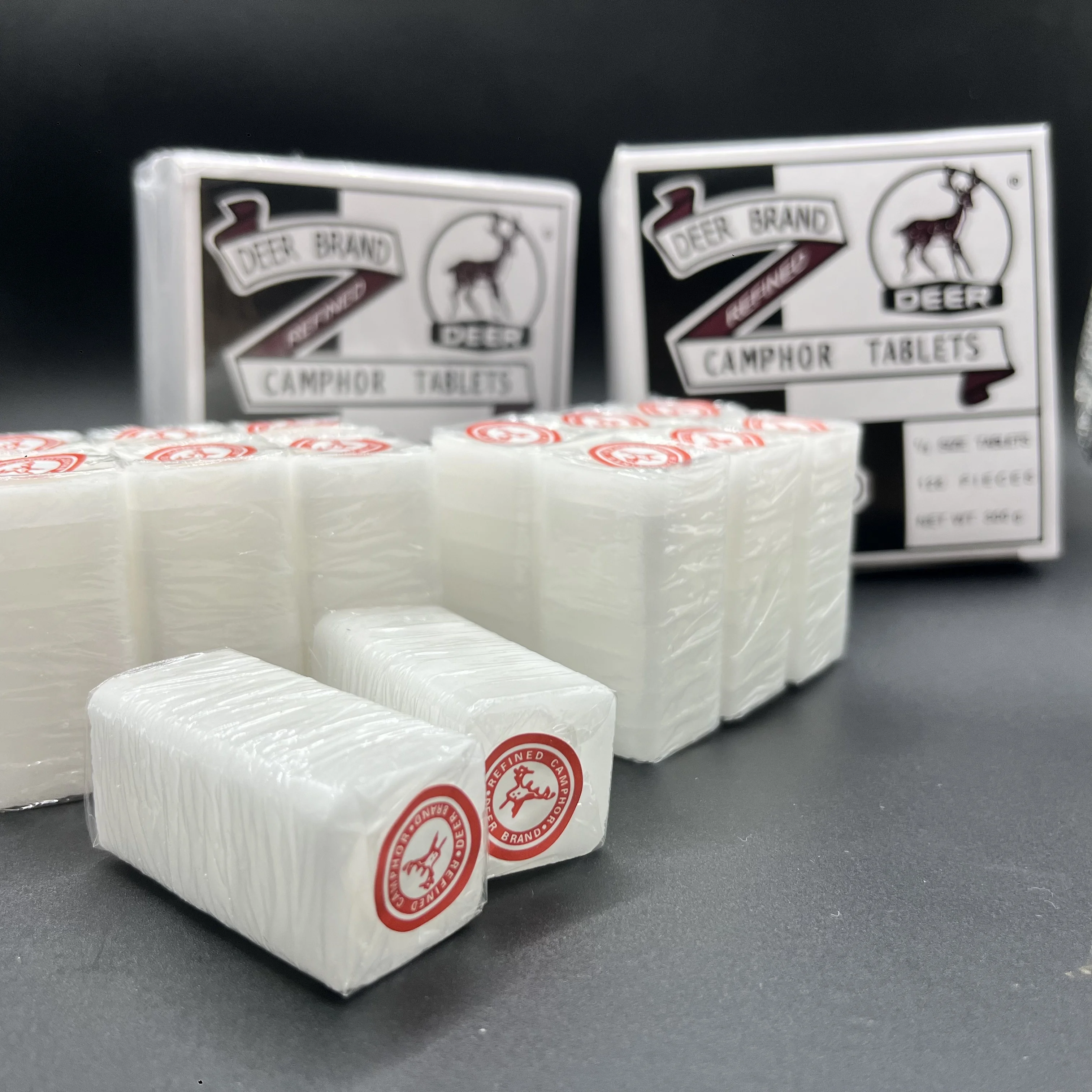When it comes to clothing, the fabric we choose plays a crucial role in our overall comfort and well-being. With a plethora of options available, understanding which fabrics are the most comfortable for our skin can significantly enhance our daily experiences. This article delves into the characteristics of various fabrics, their impact on skin health, and how to select the best materials for ultimate comfort.
Understanding Skin Sensitivity
Before we explore the most comfortable fabrics, it’s essential to recognize that skin sensitivity varies from person to person. Factors such as genetics, environmental conditions, and personal health can influence how our skin reacts to different materials. For instance, individuals with conditions like eczema or psoriasis may require fabrics that are particularly gentle and non-irritating. Therefore, the quest for comfort begins with an understanding of one’s unique skin needs.
Key Characteristics of Comfortable Fabrics
- Breathability: Fabrics that allow air circulation help regulate body temperature and wick moisture away from the skin. This is particularly important in warmer climates or during physical activities.
- Softness: The tactile quality of a fabric can greatly affect comfort. Softer materials tend to feel better against the skin, reducing the likelihood of irritation.
- Moisture-Wicking: Fabrics that draw moisture away from the skin can prevent chafing and discomfort, especially during exercise or in humid conditions.
- Hypoallergenic Properties: For those with sensitive skin, hypoallergenic fabrics can minimize allergic reactions and irritation.
- Durability: While comfort is paramount, the longevity of the fabric also matters. Durable materials maintain their comfort level over time, even after multiple washes.
The Most Comfortable Fabrics for Skin
- Cotton
Cotton is often hailed as one of the most comfortable fabrics for skin. Its natural fibers are breathable, soft, and hypoallergenic, making it an excellent choice for everyday wear. Organic cotton, in particular, is free from harmful chemicals and pesticides, further enhancing its skin-friendly properties. However, it’s essential to choose high-quality cotton to avoid rough textures that can irritate sensitive skin.
- Bamboo
Bamboo fabric has gained popularity in recent years due to its exceptional softness and moisture-wicking abilities. It is naturally antibacterial and hypoallergenic, making it ideal for those with sensitive skin. Additionally, bamboo is an eco-friendly option, as it requires less water and no pesticides to grow.
- Modal
Modal, a semi-synthetic fabric made from beech tree pulp, is known for its luxurious softness and breathability. It drapes beautifully and feels silky against the skin, making it a popular choice for loungewear and undergarments. Modal is also resistant to shrinking and fading, ensuring long-lasting comfort.
- Tencel (Lyocell)
Tencel, or Lyocell, is another eco-friendly fabric derived from wood pulp. It is renowned for its smooth texture and excellent moisture management properties. Tencel is biodegradable and produced in a closed-loop process, making it a sustainable choice. Its ability to regulate temperature and wick moisture makes it particularly comfortable for sensitive skin.
- Silk
Silk is often associated with luxury, and for good reason. This natural protein fiber is incredibly soft and smooth, reducing friction against the skin. Silk is also hypoallergenic and helps regulate body temperature, making it suitable for both warm and cool climates. However, it requires special care to maintain its quality.
- Linen
Linen, made from flax fibers, is known for its breathability and moisture-wicking properties. It is an excellent choice for hot weather, as it allows air to flow freely, keeping the skin cool. While linen can be slightly coarse, high-quality linen becomes softer with each wash, enhancing its comfort level.
Tips for Choosing Comfortable Fabrics
- Check Labels: Always read fabric labels to understand the composition and care instructions. Look for natural fibers and blends that prioritize comfort.
- Consider Weave and Finish: The way a fabric is woven and finished can affect its softness and breathability. Look for fabrics with a smooth finish for enhanced comfort.
- Test Before You Buy: If possible, feel the fabric against your skin before purchasing. This tactile experience can help you gauge its comfort level.
- Prioritize Fit: Even the most comfortable fabric can feel restrictive if the fit is off. Choose clothing that allows for movement and doesn’t cling uncomfortably to the skin.
Conclusion
Finding the most comfortable fabric for your skin is a personal journey that requires consideration of individual preferences and sensitivities. By understanding the characteristics of various materials and their impact on skin health, you can make informed choices that enhance your comfort and well-being. Whether you opt for the softness of cotton, the luxurious feel of silk, or the eco-friendliness of bamboo, prioritizing skin-friendly fabrics will undoubtedly lead to a more enjoyable wearing experience. Embrace the comfort that comes from choosing the right textiles, and let your skin breathe easy.



More Stories
Slipcover Winter Blanket Warm: The Ultimate Home Essential for Cold Weather Living
Cozy Holiday Style: Christmas Sweatshirts for Women
2-Person Fiberglass Speed Boat: Compact Design with High Performance